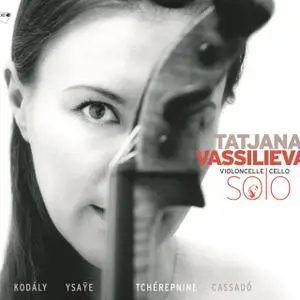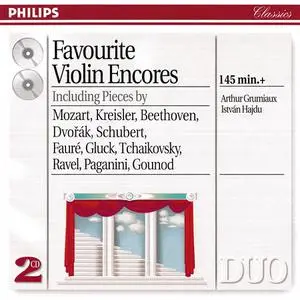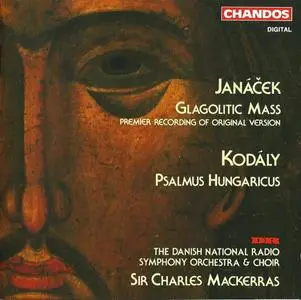Tatjana Vassiljeva - Violoncelle Solo: Kodály, Ysaÿe, Tcherepnin, Cassadó (2005)
WEB | FLAC (tracks) - 315 MB | 01:05:55
Genre: Classical | Label: Accord
WEB | FLAC (tracks) - 315 MB | 01:05:55
Genre: Classical | Label: Accord
Described as a ‘phenomenon’, Tatjana Vassiljeva is known as a musician possessing an irreproachable technique and irresistible range of sonorities, whose superlative virtuosity is of only minor importance beside the strength of musical personality and ideas, and her ability to communicate them. Tatjana’s innate musical curiosity is reflected by her extensive repertoire which ranges from baroque to contemporary music and includes several works of which she has given the world première.





![VA - Classic Selection 2 [2009, Sony Music Japan, SICP 20078~9]](https://pixhost.icu/avaxhome/70/96/00189670_medium.jpeg)
